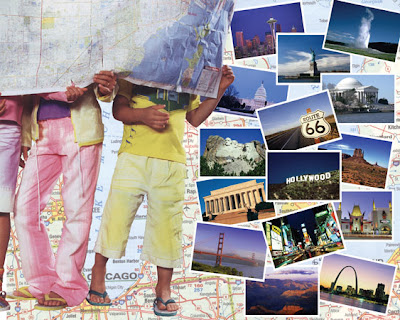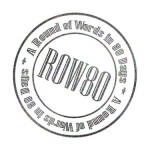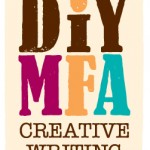Today, I’d like to talk about writing rituals–you know, those little things we all do to get us in that writing mood.
What are writing rituals? They can be anything, as long is it sets the mood for writing. I read once about a writer who literally wears different hats when she’s writing or editing. Another writer I’ve heard of lights a candle when it’s writing time. The writing rituals can be as simple as a turning on your iPod or using a specific pen or notebook.
My writing ritual is that I always use an unlined notebook and a fountain pen. Something about writing with a fountain pen makes me feel like I’m channeling the great women writers of old, like Jane Austen or the Bronte sisters. I also have certain playlists I listen to for different projects. Right now I’m listening to the GLEE soundtracks because I can always use more glee in my life.
Why are rituals important? Rituals signal to your brain “OK it’s writing time now.” Just like having a bedtime routine can help kids get in the mindset of going to sleep, writing rituals tell your inner writer that it’s time to get in that writing frame of mind. Writing rituals are also a great way to pamper your inner writer a little bit. Scented lotion can be soothing, a pretty potted plant on the window sill can make you smile, a favorite poem or reading passage can inspire the writer within. Whatever you choose, having a small writing ritual can help set the mood for writing.
What if your ritual becomes too routine? Every so often, it’s good to shake things up. Break your routines and do the exact opposite of your writing ritual. This can be a challenge, because stepping outside our comfort zones can be uncomfortable and scary. But a healthy dose of fear can be energizing–exciting even–so don’t shy away from breaking your rituals now and again. Take a risk!
Why it works: All writing is the act of making rules, then shaking them up. When we write, we establish rules for our readers and the reader gets lulled into a comfort zone with the story. When we shake up those rules (give the story structure a twist, introduce a new character, add a new plot element) it gets the readers’ attention. They sit up and start listening again. The same is true for our inner writers. When we shake up our writing “rules” it grabs our inner writer’s attention and helps it engage with the work again.
Homework: If you don’t already have a writing ritual, think of something that would help get you in the writing mood and do it today. Establish a ritual so that in a couple of weeks, when you break it, your writer will respond.
If you do have a ritual already, I want you to break it today. Do something outside your routine, something exciting and maybe a little bit daring. (I know some of you already did this for the first writing sprint, but that was weeks ago and it’s time to shake things up again.) Remember, it doesn’t have to be a huge change; it can be just one small, meaningful thing.
Please share in the comments because I’m dying to know: Do you have a writing ritual? What is it? What small thing did you do to break out of your comfort zone today?














 Call me Gabi (pronounced gah-BEE). I'm a writer, freelance teacher, and a lover of books and words. I'm also the instigator of DIY MFA. iggi's my sidekick, but he thinks he's the brains behind this operation.
Call me Gabi (pronounced gah-BEE). I'm a writer, freelance teacher, and a lover of books and words. I'm also the instigator of DIY MFA. iggi's my sidekick, but he thinks he's the brains behind this operation.
 ROW80 Check-In (2)
ROW80 Check-In (2) YA Cafe: Villains and Antagonists
YA Cafe: Villains and Antagonists Introducing Writer Fuel
Introducing Writer Fuel ROW80 Check-In (1)
ROW80 Check-In (1)